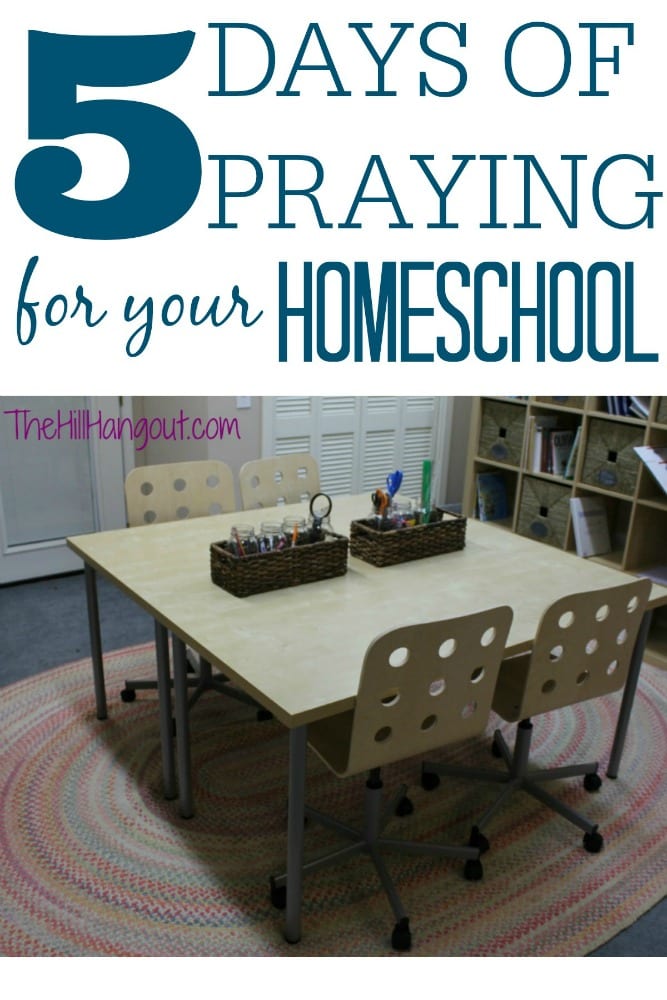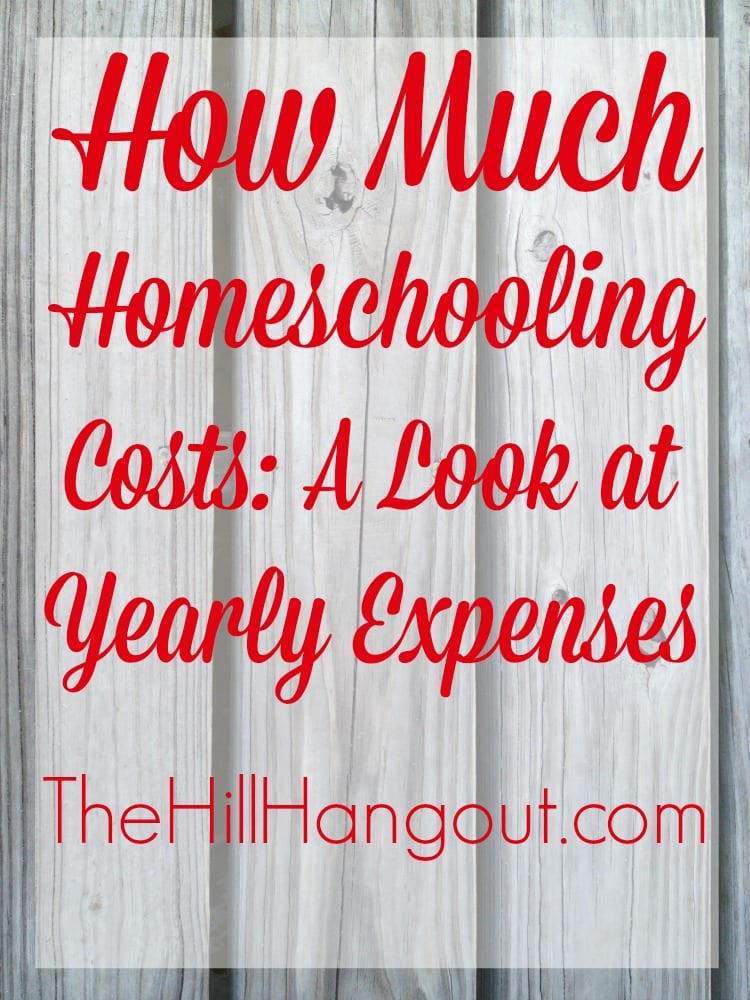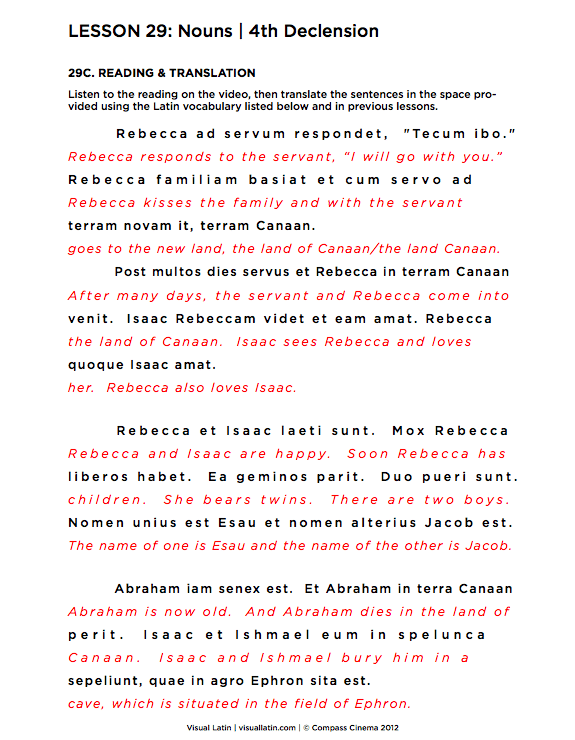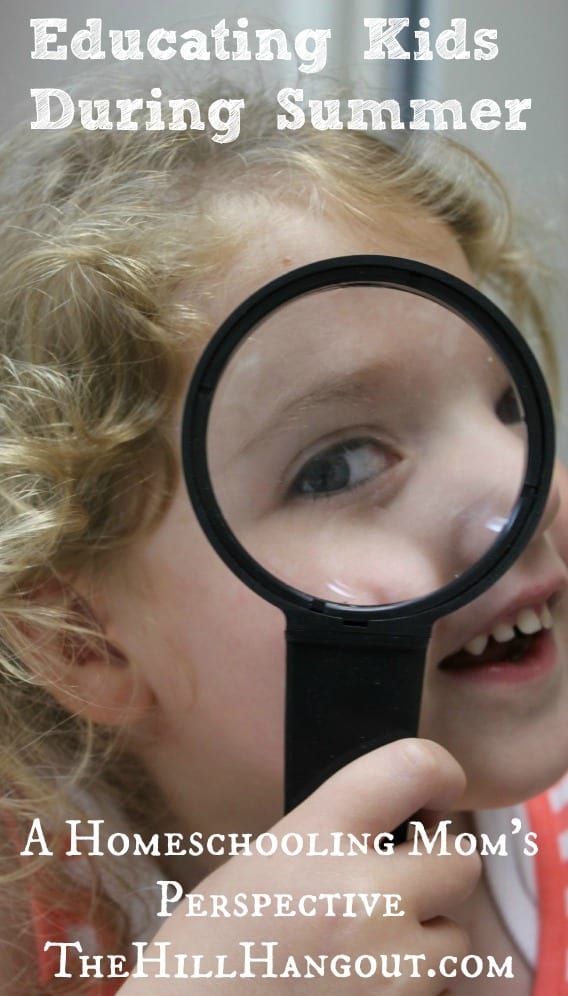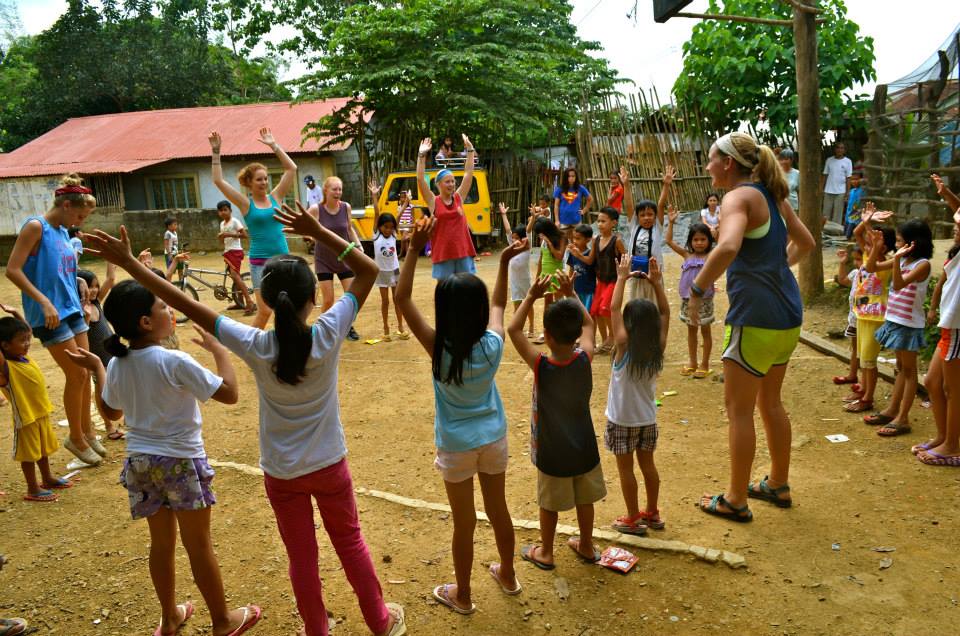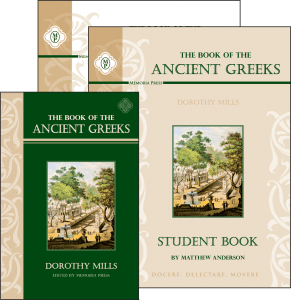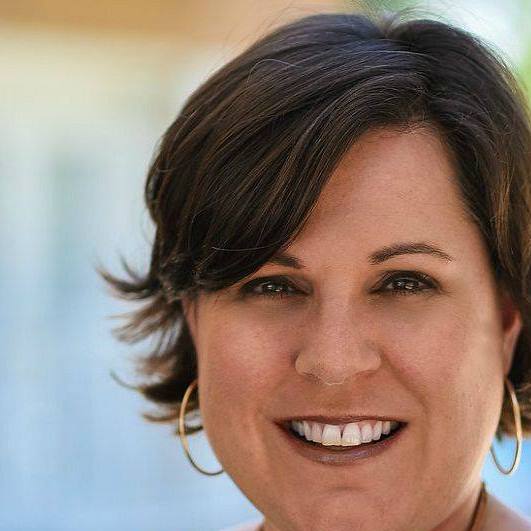Welcome to “Five Days of Praying for Your Homeschool.” As you might imagine, this is a subject that is near and dear to this homeschool mom’s heart. I know the power of prayer, and homeschooling is definitely too big of a job to go it alone. Any education about educating our children needs to be bathed in prayer, and homeschooling is no different. After six years of homeschooling, I can honestly say that we would not have made it without God’s sustaining, leading, teaching, and comforting us all.
Whether you are merely curious about homeschooling or you’re a seasoned veteran at it, we can all pray that God would lead us to follow His wisdom and vision in how to best educate our children. Using Ephesians 1:17 and Colossians 1:9 as a model, we could pray something like, “Lord, we ask You to give us Your Spirit of wisdom and revelation on how to best educate our children. Lord, our greatest goal is that they know You, so please grant us Your wisdom as we make this important decision. Fill us as parents with the knowledge of Your will that we may walk in a manner worthy of Your calling. We want to please You by using our children’s education to bear fruit for You. Strengthen us with Your power, according to Your glorious might, that we might attain steadfastness and patience.”
We certainly want God’s wisdom to guide us as we make the decision to homeschool, and we will need His wisdom to guide countless decisions throughout the school year. Come back tomorrow for the next day of “Five Days of Praying For Your Homeschool.”
Want to read other posts from the 5 Day Hopscotch on IHomeschool.net? Click here.
